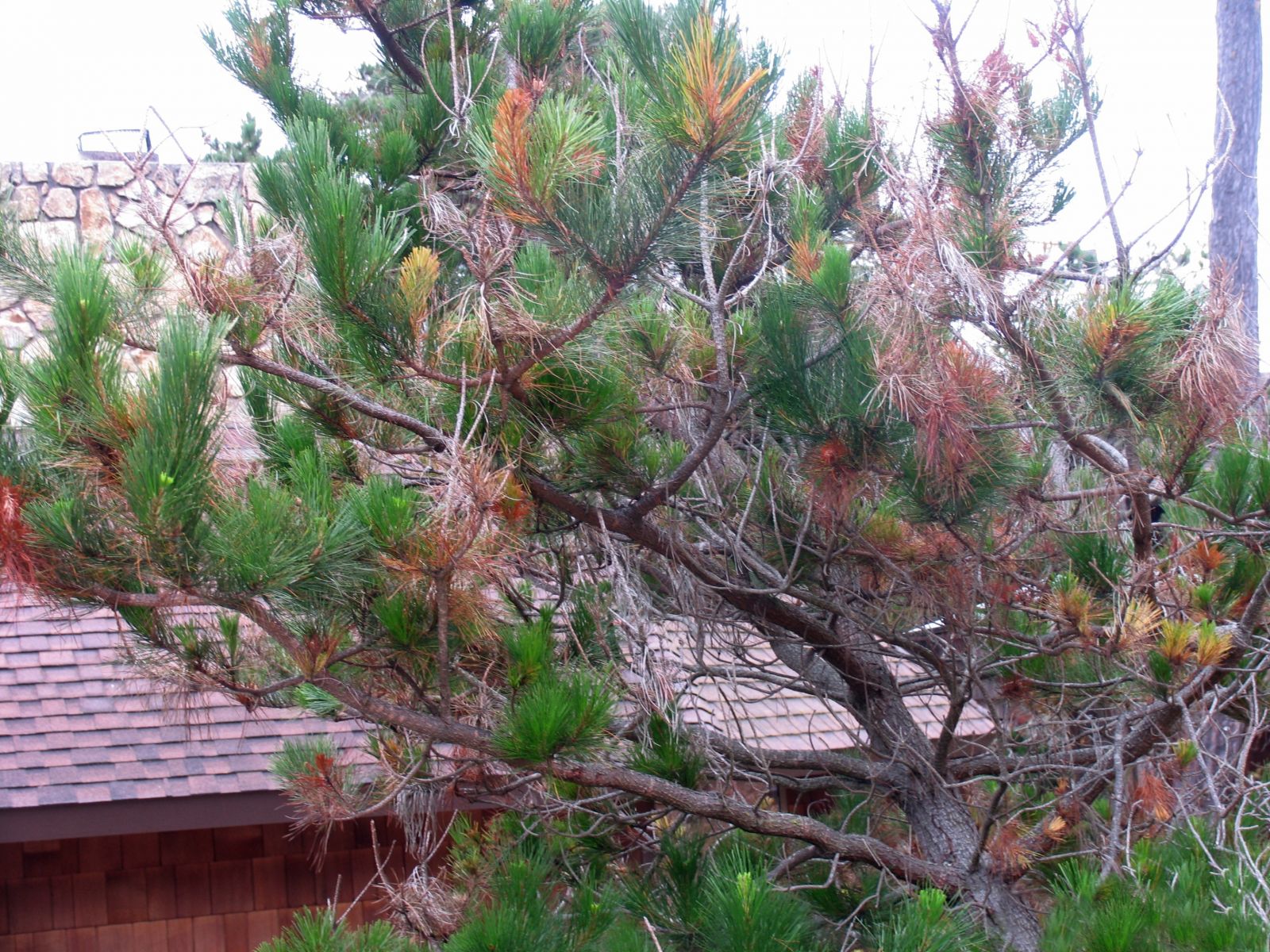Spruce Disease
.jpg)
As we posted about previously, Spruce trees in our area are under attack from several diseases.
Another disease affecting Spruces is Rhizosphaera Needle Cast. This is also caused by a fungus and can severely damage your tree. Again, this will rarely kill your Spruce but it will become unsightly. After several years of the disease you will usually only have the current growth of needles on the tree. The way this one works is needles become infected in spring, and often you will not know until the late summer when they start to become spotted with yellow or reddish blotches, and they fall off the following spring and the cycle starts over and spreads.


Do You Have a Soggy Yard?
If there is an area where the water is constantly flowing over and it prevents anything from growing there, you could create a creek bed. This way it will look more like an aesthetic feature rather that a messy trail of water.
If the water all flows to one place, you could create a dry well, which is simply a hole that is filled with gravel. However, this will catch the water, and because it is filled with gravel then the water drains easily into it. You can also add a plastic container at the bottom which will hold the water while it is absorbed into the soil around it.